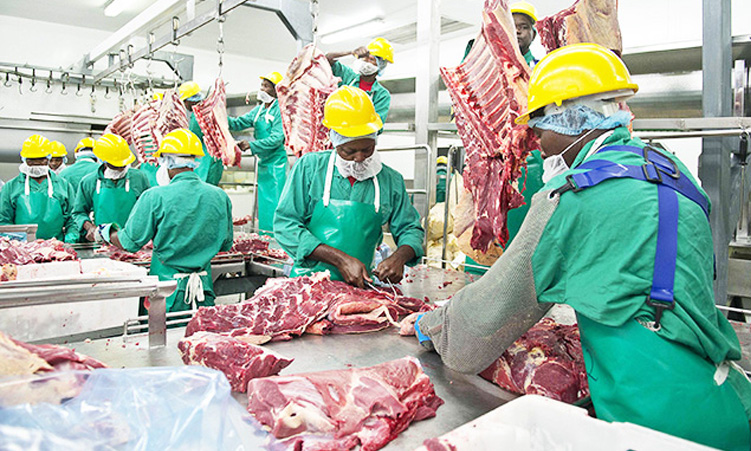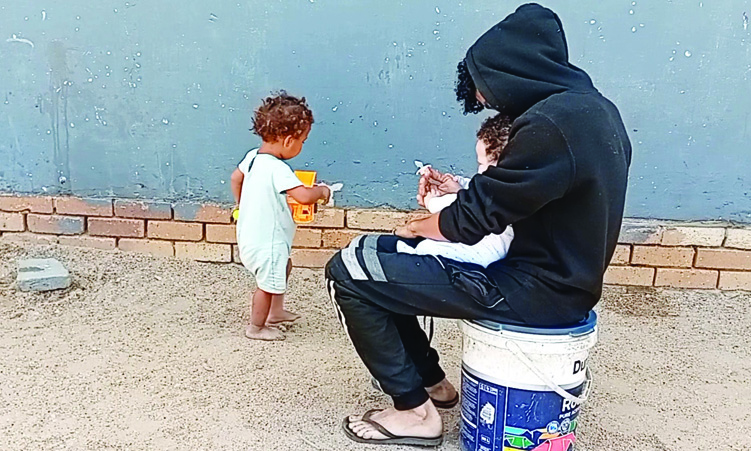SHANGHAI – An estimated 33,4 million people worldwide are infected with the AIDS virus, up from 33 million in 2007, but more people are living longer due to the availability of drugs, according to a United Nations report.
However, more than half of the people who need life-saving drugs are not getting them, according to the 2009 AIDS epidemic update, launched yesterday in Shanghai by the World Health Organisation and Joint UN Programme on HIV-AIDS (Unaids).Cocktails of drugs can control HIV but there is no cure.Unaids executive director Michel Sidibe told Reuters in an interview in Shanghai that advances in HIV prevention and treatment were still very lopsided.’The major problem we are facing today is inequity. It is very important we don’t continue to have 400 000 babies born with HIV in Africa every year,’ Sidibe said.’That is something that the world can deliver. That is why we are calling for virutal elimination of transmission from mother to child by 2015.’Teguest Guerma, acting director of the World Health Organisation’s HIV-AIDS department, told a simultaneous press briefing in Geneva that while more than 4 million people were receiving HIV drugs at the end of 2008, up from 3 million at the end of 2007, many more were going without.’More than 5 million people need treatment and are not receiving it,’ Guerma said.Speaking later to Reuters, Guerma said second line drugs still cost a minimum of $800 per year in low-income countries.’It is still very expensive … If (patients) fail in the first line regime, they need to switch to the second. One reason it is not being done is because it is not available and it costs too much. Countries are not purchasing it,’ Guerma said.Overall, however, the epidemic seems to be stabilising, Paul De Lay, deputy executive director of Unaids, said in Geneva.’The data we are seeing confirm this,’ he said. ‘It is a combination of decreasing deaths, more people therefore living, adding to the total number of infected and decreasing new infections.’In sub-Saharan Africa, where the scourge of AIDS is most keenly felt, there were 400 000 fewer infections in 2008, or down 15 per cent compared to 2001.New HIV infections declined 25 per cent in East Asia and 10 per cent in south and southeast Asia within the same timeframe.However, more needs to be done, Sidibe said.’The findings also show that prevention programming is often off the mark and that if we do a better job of getting resources and programmes to where they will make the most impact, quicker progress can be made and more lives saved,’ he said.The report also revealed that HIV played a significant factor in deaths to women during childbirth. Using South African data, about 50 000 maternal deaths were associated with HIV in 2008.’AIDS isolation must end … half of all maternal deaths in Botswana and South Africa are due to HIV,’ said Sidibe, who also called for an end to discriminatory laws in many countries.Laws criminalising homosexuality and prostitution for example end up driving these high-risk groups underground so they are unable to access treatment or services. Ultimately, infections spread into the general population.- Nampa-Reuters
Stay informed with The Namibian – your source for credible journalism. Get in-depth reporting and opinions for
only N$85 a month. Invest in journalism, invest in democracy –
Subscribe Now!









